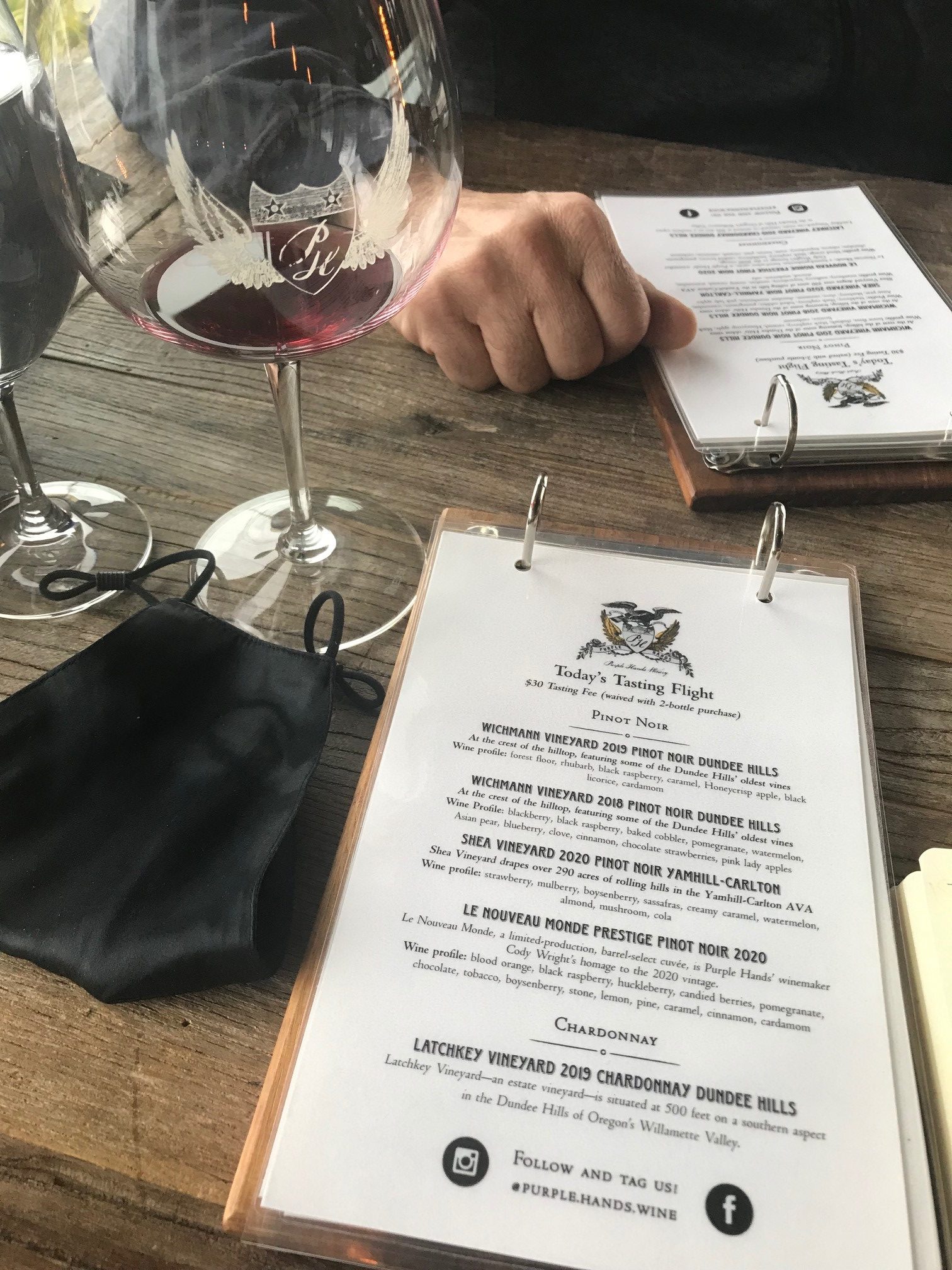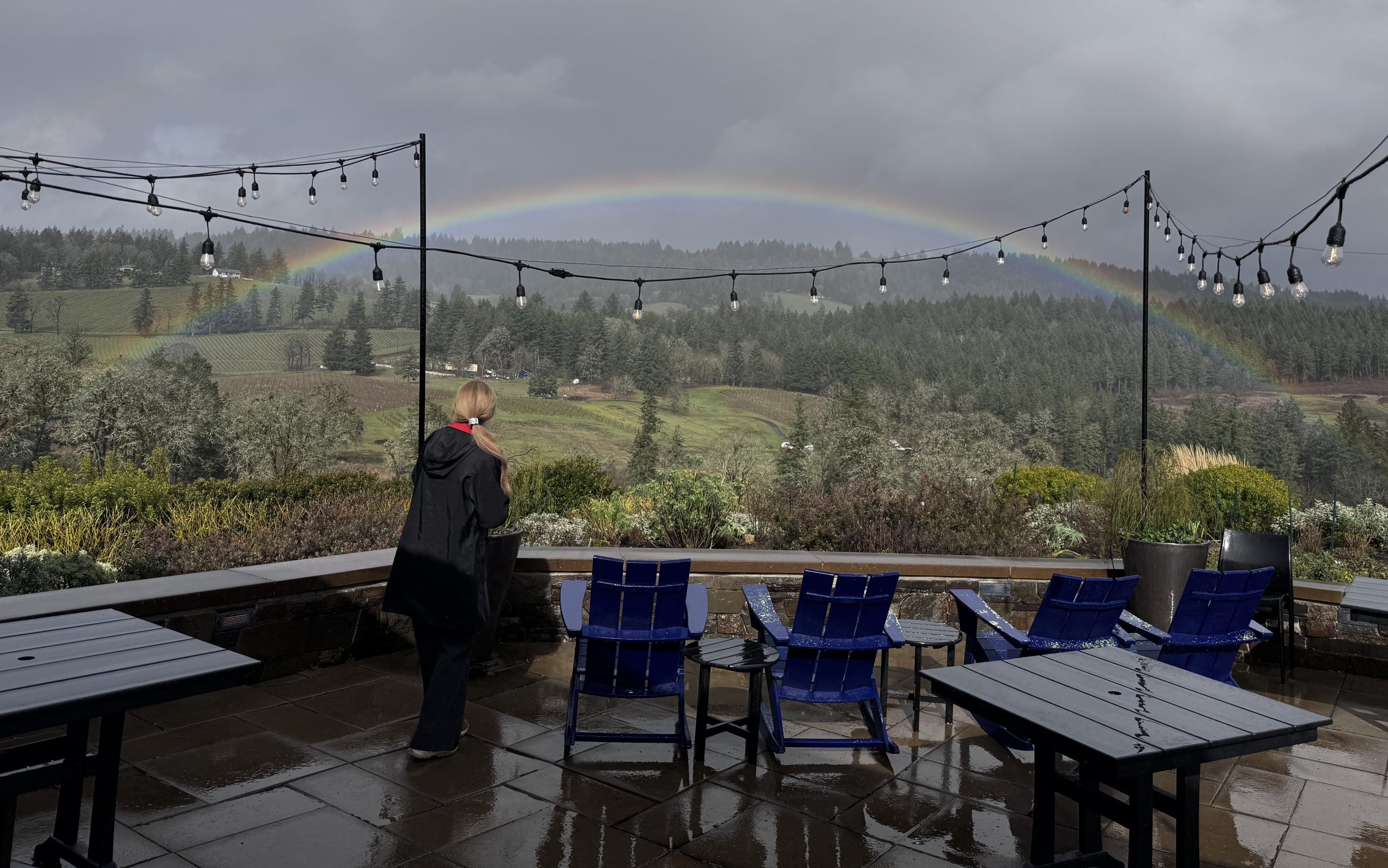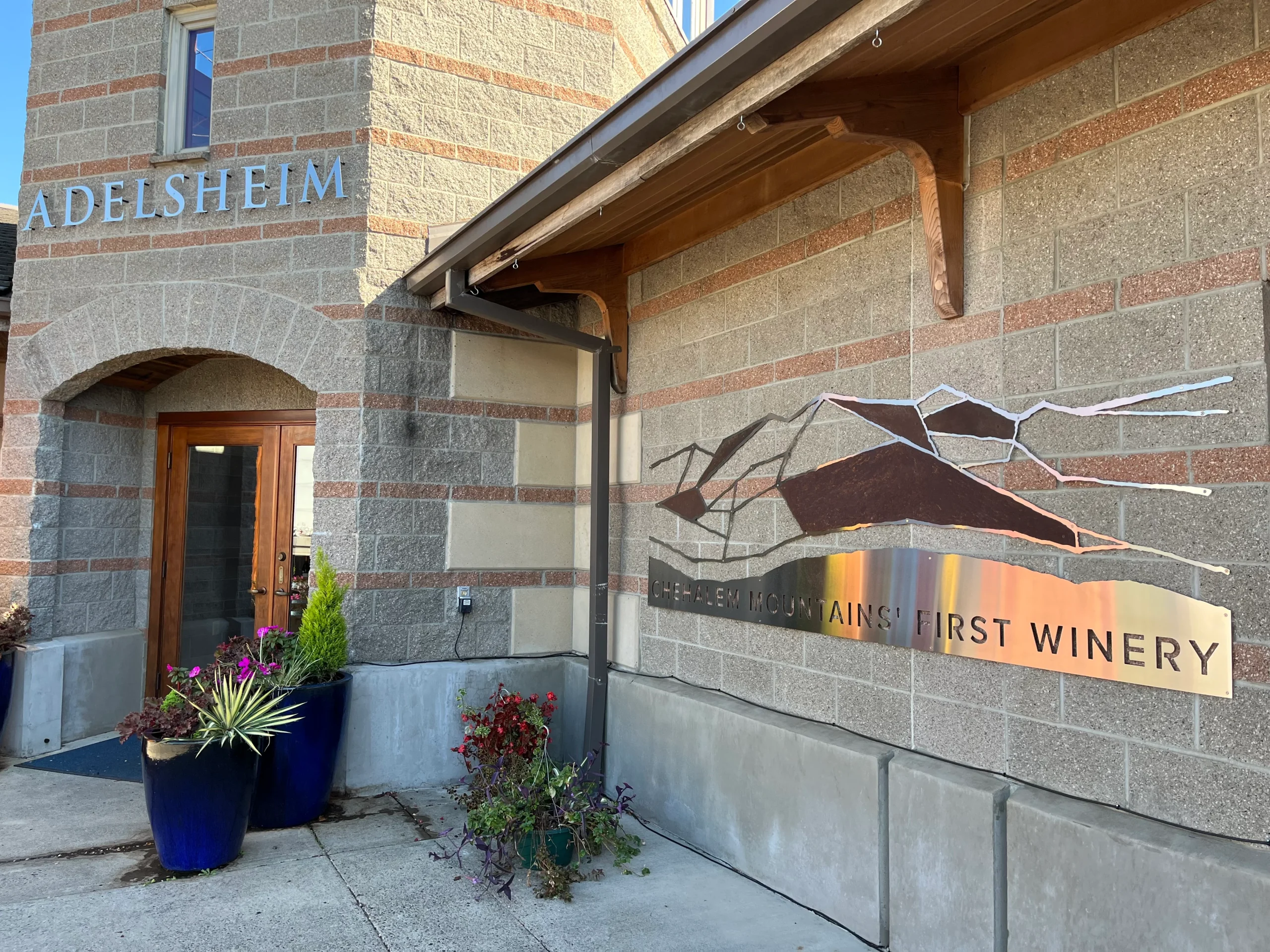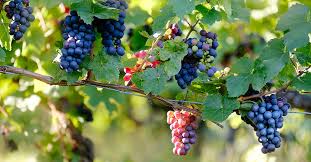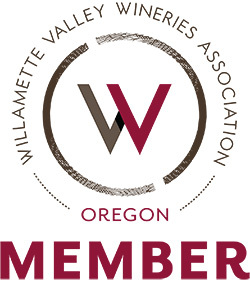
The Dirt on Oregon Wine
“The soil is the great connector of lives, the source and destination of all. It is the healer and restorer and resurrector, by which disease passes into health, age into youth, death into life. Without proper care for it we can have no community, because without proper care for it we can have no life.” – Wendell Berry
Wine, like humanity, is deeply affected by its environment. The climate, landscape and farming practices involved in the nurturing of grapes all have a critical role in the final product.
But often the very substance that gives terroir its name- stemming from the Latin word for “land”‑ is overlooked in considering the quality of the finished product. As the above quote by poet and farmer Wendell Berry points out, perhaps it is the primordial, ageless quality of dirt, a humble yet powerful substance, that causes us to forget its importance in wine.
In Oregon alone, there are 15 distinct types of soil with 3 major categories, each affecting the root development, water access and growth of the fruit that becomes your wine. The power of the soil is so strong that even with one grape varietal, such as Pinot Noir that thrives in the Willamette Valley, can have drastically different final products depending on the soil in which it is grown.
Learn more below these three major categories of soil. That way, next time you visit one of the Willamette’s beautiful wineries, you can talk nitty gritty and get the wine that best works for your unique palate.
Three main categories of Willamette Valley soil:
- Jory (basalt-lavaflow)
- Willakenzie (marine origin)
- Loess (windblown silt)
If you remember your elementary school earth science lesson (from Encyclopedia Brittanica):
Rocks are commonly divided into three major classes according to the processes that resulted in their formation. These classes are (1) igneous rocks, which have solidified from molten material called magma; (2) sedimentary rocks, those consisting of fragments derived from preexisting rocks or of materials precipitated from solutions; and (3) metamorphic rocks, which have been derived from either igneous or sedimentary rocks.
1. Jory-Igneous Volcanic
Jory is the most prized soil type in the Willamette Valley, predominant in Dundee Hills AVA (American Viticultural Area)*, reddish in color due to high iron content and clay which holds onto water, important as many vineyards do not irrigate (known as dry farming). Basalt rock is also found in the Burgundy region of France, directing early winemakers to Oregon to plant Pinot Noir which mimics the soils of Burgundy.
Pinot Noirs grown in Jory soil exhibit red fruit aromas, high acidity and approachable tannins
2. Willakenzie-Marine Sedimentary
Willakenzie soil is the result of marine sediment leftover from ancient seabeds which rose up when plates collided creating the Coastal and Cascades Mountain ranges that flank the Willamette River and Valley. Vines need to dig deep to search for water, resulting in concentrated fruit and spicy flavor. Yamhill-Carlton and McMinnville AVAs are rich in Willakenzie mustard colored soil.
Pinot Noirs tend to be more black fruit forward, earthy in flavor and benefit from additional aging to tame the tannins.
3. Loess-Sedimentary Loam
Loess soil is the youngest and shallowest soil type and arrives via the wind. The lightweight silty loam builds up in hillsides, provides good drainage but erodes easily, which makes this soil the most challenging for the farmer. The north face of the Chehalem Mountains AVA is rich in loess. This soil type (German for “loose”) is also common in Austria, along the Danube River famed for Gruner Veltliner and in Germany along the Rhine River, known for dry Riesling.
Pinot Noirs here exhibit red fruit characteristics, white pepper, mushroom notes, the flavor tends to be rounder, smoother and drinkable younger than Pinots grown in other soils.
Next time you visit the Willamette Valley (with Triangle Country Wine tours!) shake up your visit by choosing wineries from different AVAs, or one AVA offering wines from different soil types, or wineries offering different wine grapes from the same soil type. Not sure how to tell? Contact us for guidance!
* An American Viticultural Area, or AVA, is a specific type of appellation of origin used on wine labels. An AVA is a delimited grape-growing region with specific geographic or climatic features that distinguish it from the surrounding regions and affect how grapes are grown. Using an AVA designation on a wine label allows vintners to describe more accurately the origin of their wines to consumers and helps consumers identify wines they may purchase.
If you are a wine geek looking to expand your knowledge on the wines of Willamette Valley, check the Triangle Wine Country blogpost for new topics every week!
Follow us on Face Book, Instagram and Twitter!
To learn more about Oregon dirt, terroir and wines:
https://www.willamettewines.com/about-the-valley/ava-overviews/
https://www.britannica.com/science/rock-geology
https://www.ttb.gov/wine/american-viticultural-area-ava

